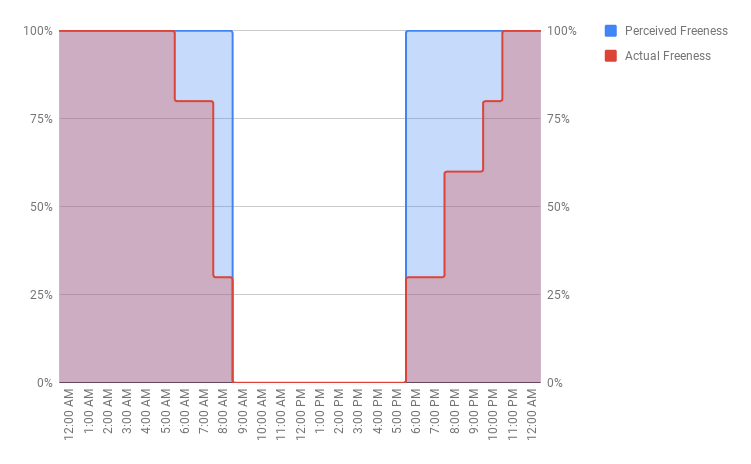Nope, you read that right. I think its important to be actively idle(lazy). It’s something I try to do once in a while.
If you haven’t noticed by now, I tend to read and put into practice my interpretation of what I’ve read, for better or for worse.
One of the books I read a while ago was by Bertrand Russell, it was called ‘In Praise of Idleness and Other Essays’
It was recommended to me by my grandfather who said it had an impact on his life and suggested I read it before starting my career. I can finally see why.
One of my core beliefs is that individuals should have agency over matters most important to them and should not expect directions from the top down. ( More on this in a future, more detailed post )
Lets start with the 40 hour work week.
Enough studies have been done in the past 30 years to understand how technology has improved efficiency of labour through pick any (automation, speed, dependability, standardisation … )
What’s interesting is that, with these advances, work patterns have transformed.
We now have the holy grail of work time — ‘Flexible work hours’
I think this is code for, ‘Since you probably can’t manage your time very well, here’s one way to let you think we’re giving you more control over your time, while really we’re just extending the amount of time you spend working’
I think flexible work hours has made people significantly less efficient with their time and organisations super efficient with their money.
Here’s a chart that I think explains in some way what I think goes on with flexible work hours.( this is not based on good empirical evidence or a study, this is my interpretation of data that I’ve been collecting during my work days since I have structured work days )
 Most people still have a (40–60) hour work week these days.
Most people still have a (40–60) hour work week these days.
The above chart applies to structured work hours and flexible, because, some aspects of the above charts flow into this.
The scary part is, for a lot of people, some aspects of this chart actually flows into weekends.
How do you recapture your ‘free’ ( perceived ) time?
As I stated earlier, one of my fundamental beliefs is that individuals should have agency over matters most important to them and should not expect directions from the top down.
A peek into why I think this is, is that, Top Down directions are by default one size fits all and cannot address all problems at a granular level ( more on this in a future post )
Second opinion I will posit for this post is that, some constraints are good, especially if applied in full and with purpose.
Cutting out noise is something I’ve been writing about, it has helped me tremendously.
Since I’ve been writing about goals and progress etc, some people have been asking me where I’ve found the time.
One answer to that is to live longer.
Another is to reclaim your time by blocking it for yourself. Block off your time on a weekend, say for a couple of hours, where you just won’t use your phone and attend calls.
It’s a constraint ( no phone, no calls, no communication, no noise, no news, no social media etc etc ), but, it frees you up to do something else.
What that else is, is upto you.
The point of the above few posts has been to show you that you have less free time right now than you perceive to have, you’re making your labour cheaper at the cost of your leisure, reclaim it, it has non-linear (exponential high and low ) value additive properties.
What do you do with all this free time?
This post is titled Active Idling.
I recommend you read the essay if not the book by the great Bertrand Russell to start with to understand the point I will make below better.
While Mr. Russell has a different view on Top Down vs Bottom Up ( read the essay ), I find his core point to be valid and this post is merely an attempt to capture the essence of that.
Idling around and being lazy is looked down upon, and rightly so.
But, I think there are 4 types to this.

Table 1 : Sometimes Busy
I think actively idling when you’re supposed to be free is great, default idling is also fine. Obviously, be busy when you’re supposed to be busy.
The above is obvious.
Here’s the problem, here’s what most of us currently do,

Table 2 : Always Busy
We need to break out of this and move as close to Table 1 as possible.
Bunch of things I’ve been doing this year have helped for me.
I’ve written about all of them.
So, be Actively Idle, don’t be Default Busy.
Thank you for Reading
Sainath